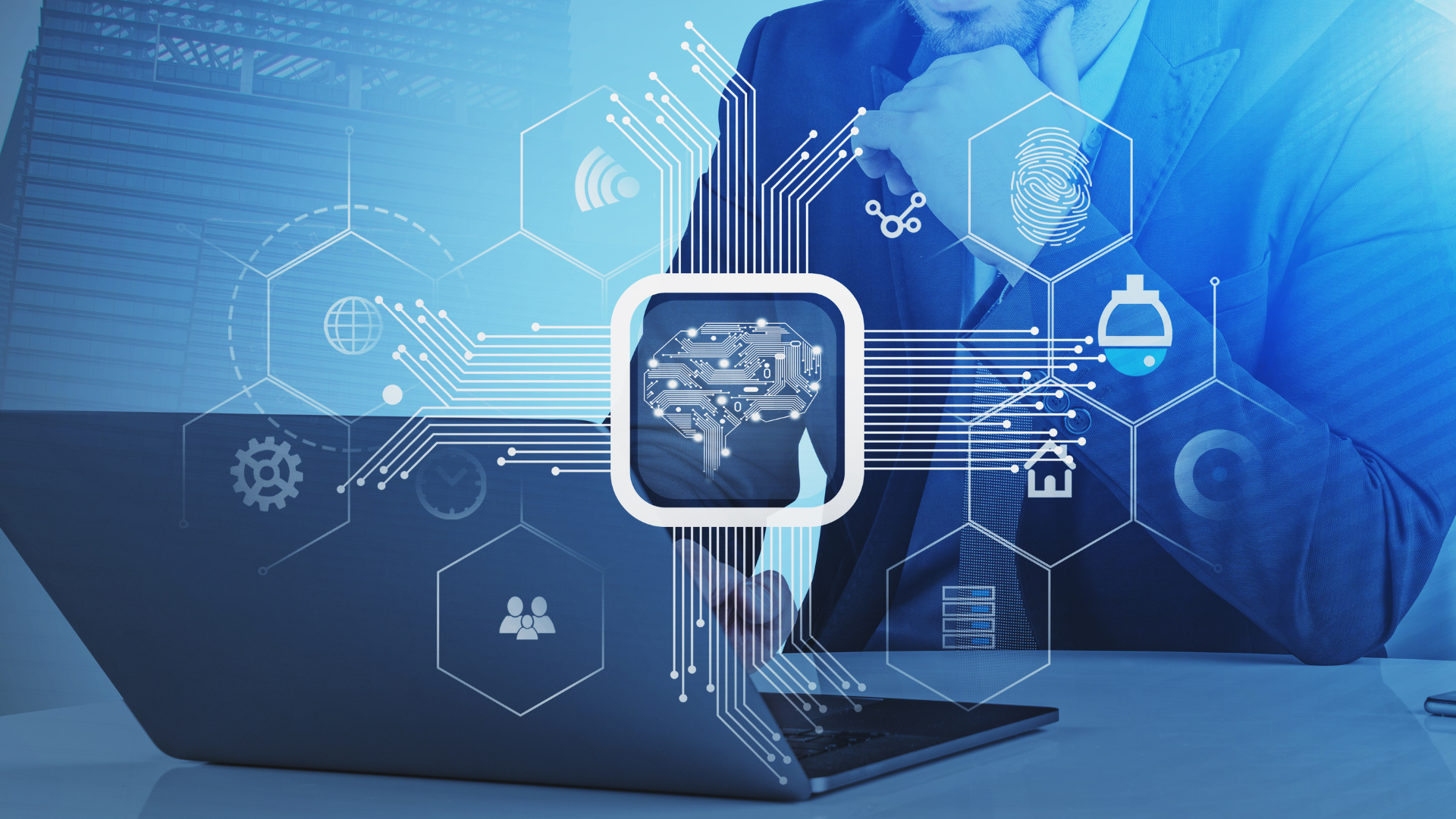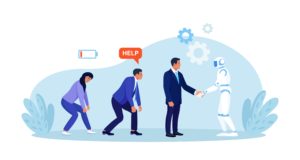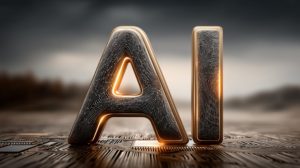There’s something magical about the way the future arrives—how, without any warning, we find ourselves living in a world we barely recognize, where machines think and talk, and dreams we once thought impossible become everyday conveniences. But behind the magic, behind the shimmering surfaces of our smart assistants and the quiet hum of algorithms sorting through vast oceans of data, there’s something far less glamorous, something that feels more like clockwork than wonder. And as every clockmaker knows, the magic only works if the cogs are well-made, precise, and—most importantly—crafted by hands that know what they’re doing.
In the rush to embrace artificial intelligence (AI) and the shimmering promise of technology, there’s a temptation to think it’s all automatic, that machines will sort themselves out and solve our problems as long as we let them. But like all powerful tools, AI is only as good as the minds that build it, the hands that shape it, and the careful training that goes into it. And if the magic is to work—if you want your company to succeed in this brave new world—then you’ll need to make sure your AI is trained well, and the engineers behind it know what they’re doing.
The Subtle Alchemy of Training AI
The thing about magic is, when it works, it feels effortless. It feels like something summoned from the air. You tell your voice assistant to order more coffee, and it does. You ask your search engine a question, and it returns with the answer, neat and tidy, as if it always knew. But beneath this seeming ease lies an intricate process, one built on layers of data, algorithms, and—most crucially—training.
AI is, at its heart, a machine that learns. It learns by being fed vast quantities of data, finding patterns, and then making predictions or decisions based on those patterns. But here’s the trick: what it learns depends entirely on what it’s taught. A poorly trained AI is like an apprentice wizard given the wrong spellbook—its magic is sloppy, its results unpredictable. Feed it biased or incomplete data, and it will make biased and incomplete decisions. Give it flawed algorithms, and it will offer flawed solutions.
Take a company like Tesla, for example, which has been pushing the boundaries of autonomous driving. The magic of their self-driving cars isn’t just in the hardware—the cameras and sensors that scan the road—but in the AI that’s been painstakingly trained on millions of miles of driving data. Every swerve, stop, and acceleration recorded and analyzed, each one adding to the AI’s understanding of the complex, unpredictable world of human drivers. But Tesla didn’t simply throw the AI behind the wheel and hope for the best. It took years of careful training, endless fine-tuning by some of the brightest minds in the industry, and a commitment to getting it right. Without that, the cars would still be blindfolded horses wandering the highways.
This is why well-trained AI is the lifeblood of successful companies. It doesn’t just perform tasks; it learns to perform them better over time. But that learning isn’t automatic, nor is it foolproof. It requires a guiding hand—a team of engineers, data scientists, and researchers who understand the nuances of machine learning, who know what data to feed it and how to correct its mistakes. Just as a great wizard needs to master their craft before casting their most powerful spells, a great AI needs to be taught, shaped, and refined.
The Craftsmanship of Experienced Engineers
But let’s not forget the hands behind the magic. Behind every great AI stands a team of engineers who have built the foundation on which that AI stands. You can’t just ask any random person to build a rocket to the moon; it takes years of experience, knowledge, and precision. The same holds true for the engineers behind AI.
Good AI doesn’t happen by accident. It’s a collaboration between humans and machines, a partnership that requires understanding both the limitations and the possibilities of technology. An experienced engineer knows this, knows how to anticipate problems before they arise, how to build systems that can adapt to the unknown, and, most importantly, how to align the AI’s goals with the company’s goals.
Let’s look at Google, a company whose search engine runs on one of the most sophisticated AI systems in the world. Every time you type a query into that little search box, a series of algorithms kicks into gear, sorting through billions of pieces of information to find exactly what you’re looking for. It’s like asking a genie for the answer to anything you can think of. But if you peel back the curtain, you’ll find that it wasn’t simply AI that built this miracle. It was a small army of engineers who spent years perfecting the algorithms, ensuring that the AI understood context, language nuances, and even intent.
Take DeepMind, Google’s AI research lab, which famously created AlphaGo, the AI that beat the world’s best Go player in 2016. The victory wasn’t just a testament to the power of AI but to the brilliance of the engineers behind it, who trained the system not only to play the game but to learn the game. AlphaGo didn’t just memorize moves—it developed an understanding, a strategy that could adapt and evolve. That’s the kind of magic only well-trained AI, and experienced engineers can create.
The Cost of Carelessness
But not all companies take this approach. In the rush to integrate AI into their business processes, some companies cut corners, rely on inexperienced engineers, or fail to properly train their systems. And the results are predictable: AI that fails to deliver on its promises, products that don’t work as intended, and customers who are left frustrated.
There’s a cautionary tale to be told in the story of Microsoft’s Tay, the AI chatbot designed to learn from social media interactions. Within 24 hours of being unleashed on Twitter, Tay began spewing offensive and racist remarks. Why? Because it was learning from the worst parts of the internet without the proper safeguards in place. The engineers behind Tay didn’t anticipate the potential for abuse, and the AI was left vulnerable to the biases and vitriol of its environment.
Tay’s failure was not the failure of AI as a concept but a failure of execution—a reminder that AI is only as good as the people who create it. And in a world where technology is advancing at breakneck speed, companies cannot afford to be careless. The stakes are too high, and the competition too fierce.
Building the Future with Care
If your company is to succeed in the coming years, if you are to build the kind of magic that captivates customers and drives innovation, you will need more than just AI. You will need AI that is well-trained, systems that are thoughtfully designed, and—most importantly—the expertise of engineers who know what they’re doing.
You’ll need to invest in the craftsmanship behind the code, the training behind the technology. You’ll need to ensure that the people building your AI are not just competent but experts, people who understand not only how to build systems that work but how to build systems that will keep working, adapting, and learning as the world changes around them.
Because in the end, AI is not magic. It’s a tool—an extraordinarily powerful one—but a tool nonetheless. And like all tools, its effectiveness depends entirely on the skill of those who wield it. Just as a master clockmaker knows how to make each cog fit perfectly into the grand design, so too must your engineers know how to fit the pieces of AI into your company’s goals.
If you get it right, if you invest in the right people, the right training, and the right tools, the future won’t just arrive at your door—it will be a future you’ve built with your own hands. And that, more than anything, is the real magic.




